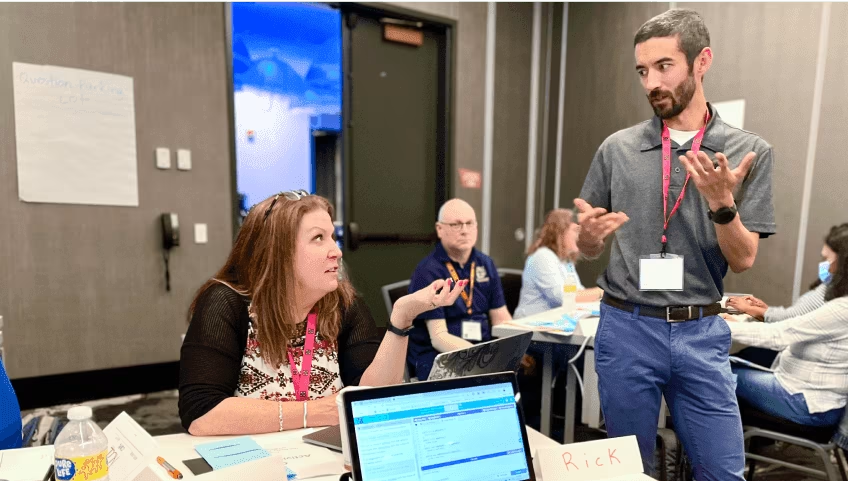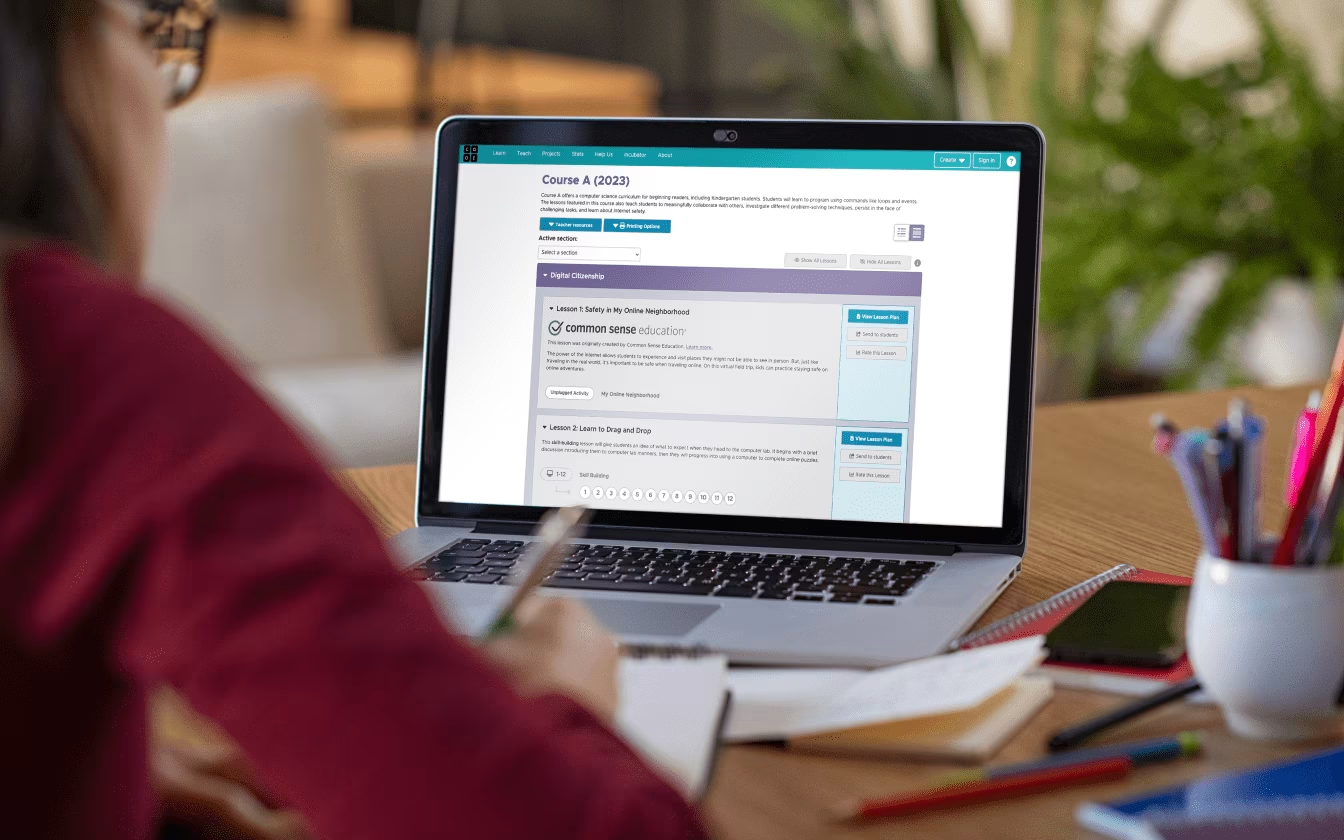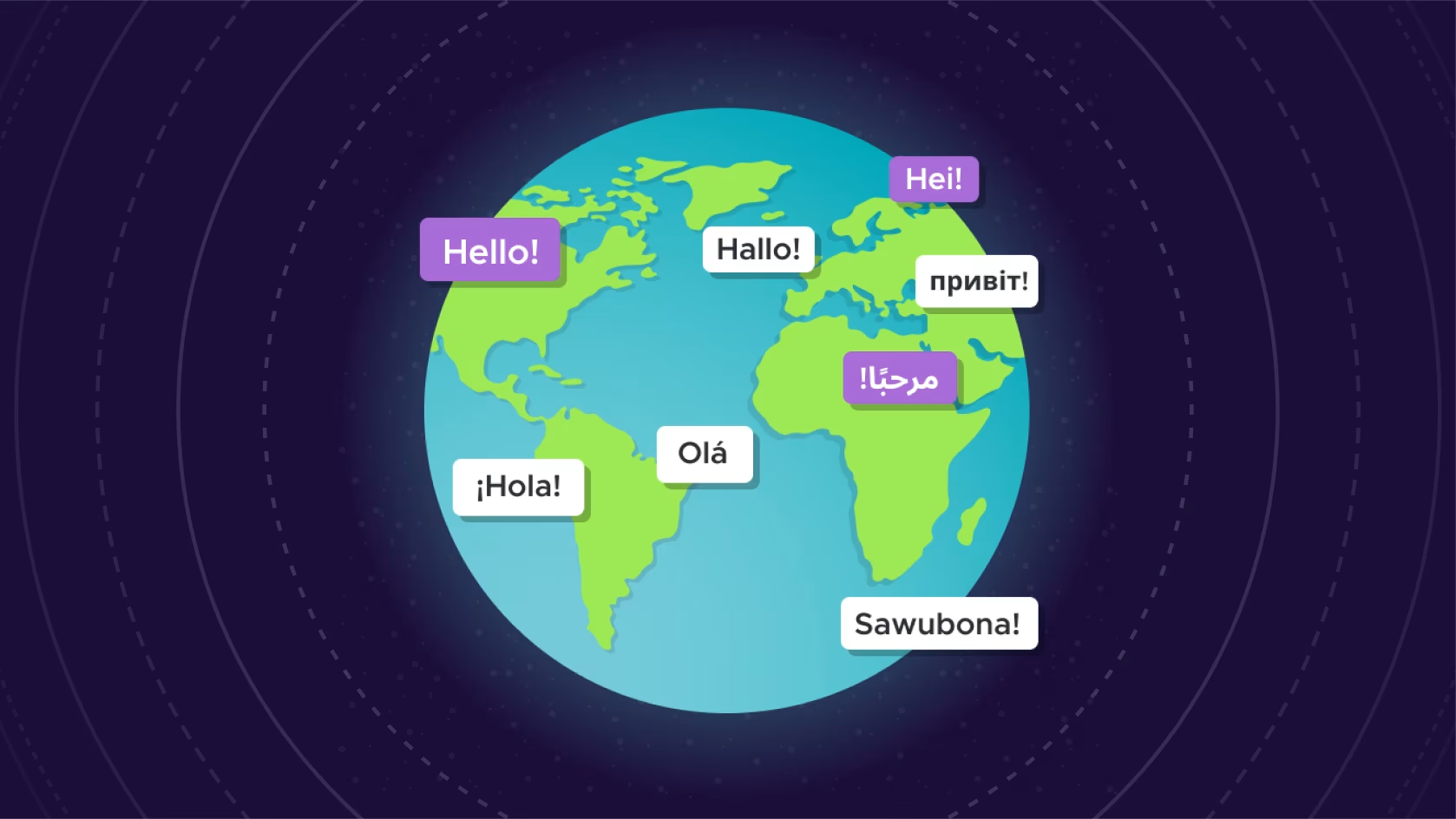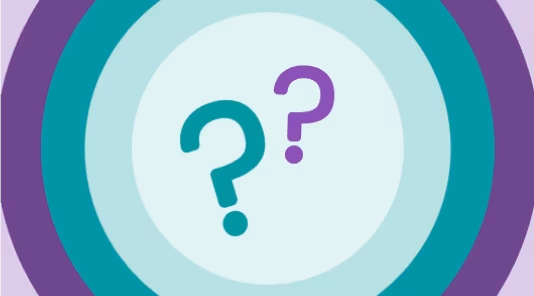Professional learning that empowers
Help today's students become tomorrow's superheroes with professional learning that meets your needs.

Why choose Code.org professional learning?
Paragraph
Choose your pathway
Enjoy the flexibility of self-paced courses and structured programs designed to fit your schedule. Learn at your own pace, with resources available anytime.
Comprehensive resources
Access expertly designed materials, lesson plans, and tools that support teaching computer science effectively, whether you’re a beginner or an experienced educator.
Teach with confidence
Gain confidence with hands-on training and practical guides that help you effectively teach and implement Code.org’s curriculum in your classroom.
Your professional learning journey, your way
Code.org offers professional learning in different modalities so you can learn your way.
Facilitator-led Workshops

Our highly supportive Professional Learning Program will bring you together with a group of teachers to learn from each other as well as expert facilitators as you take on the first year of teaching the free curriculum to your students.
Self-paced Professional Learning

Through reading, viewing videos, completing interactive puzzles, and reflecting on your learning, you will develop your own understanding while preparing to teach computer science in your classroom.
Not in the US and looking for facilitator-led learning?
I love getting to work in the lessons and deeply think through how I will use it with students. I don't feel like I often have time to 'slow down' and dive into materials, but this workshop always gives me time and space to do so.
Delaware
HANDS-ON PRACTICE
Teach our curriculum with confidence
Experience our curriculum just like your students would through engaging, interactive workshops. Gain practical teaching strategies you can use right away, leaving you feeling confident and fully prepared to inspire your students.


YEAR-ROUND SUPPORT
Support for every teacher
Whether you’re getting started with self-paced learning or participating in a local workshop, you’re never alone. Our programs are designed to support teachers all year long—through flexible learning options, regional workshops led by trained facilitators, and a responsive support team ready to help. Join a vibrant educator community and continue growing your teaching practice on your schedule.
Your Achievement
Earn a certificate for your learning
Whether you choose a self-paced or facilitator-led format, every Code.org professional learning experience includes a certificate of completion. These certificates are a great way to showcase your commitment to ongoing learning and may count toward your professional development requirements, depending on your state or district guidelines.

Additional resources
Paragraph
International Resources

Discover our expanding network of international partners and professional learning resources for educators outside of the US.
Teacher Community

A forum for teachers to ask questions and share best practices, thoughts, ideas, and inspiration. Join a community of amazing educators around the world!
Support Center

Check out our comprehensive support center for useful guides and answers to common questions, and to reach out for additional support and requests!